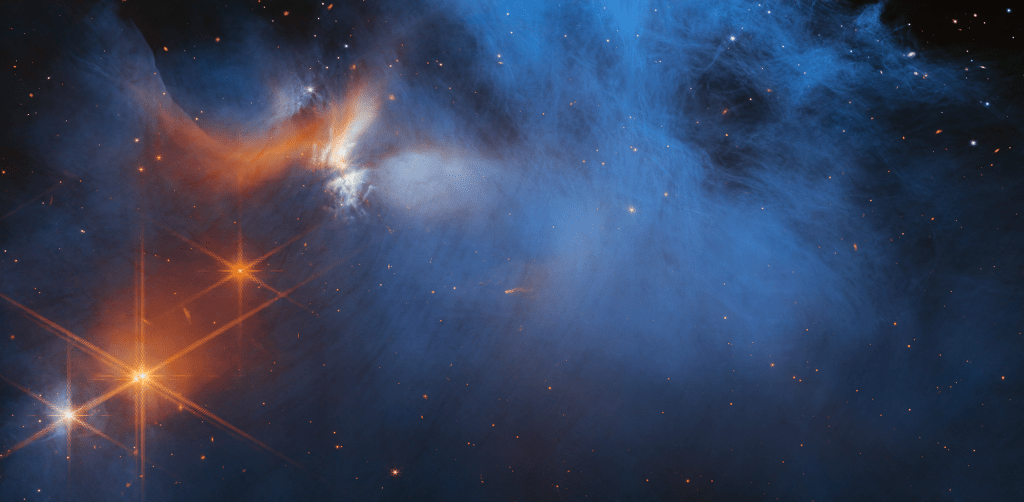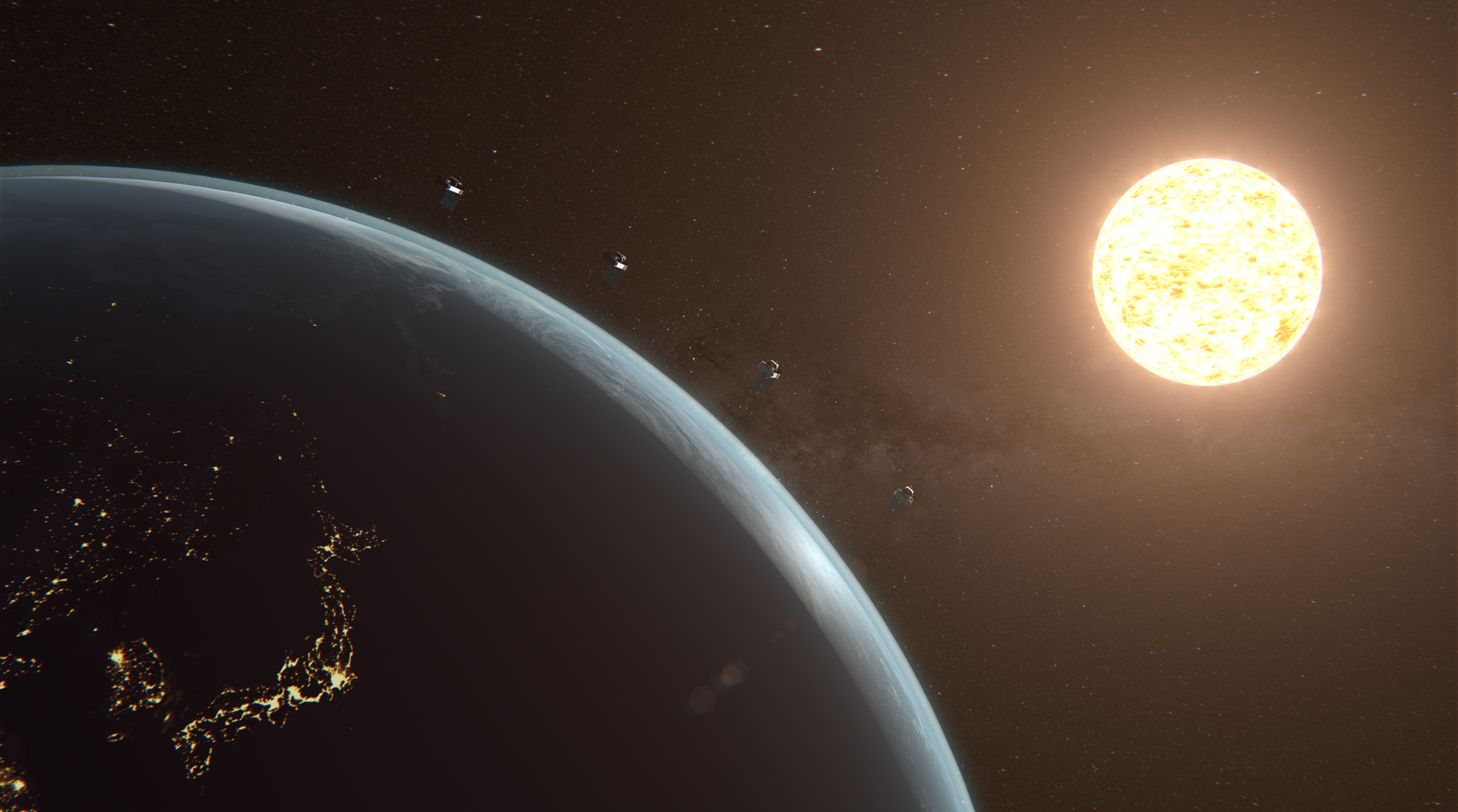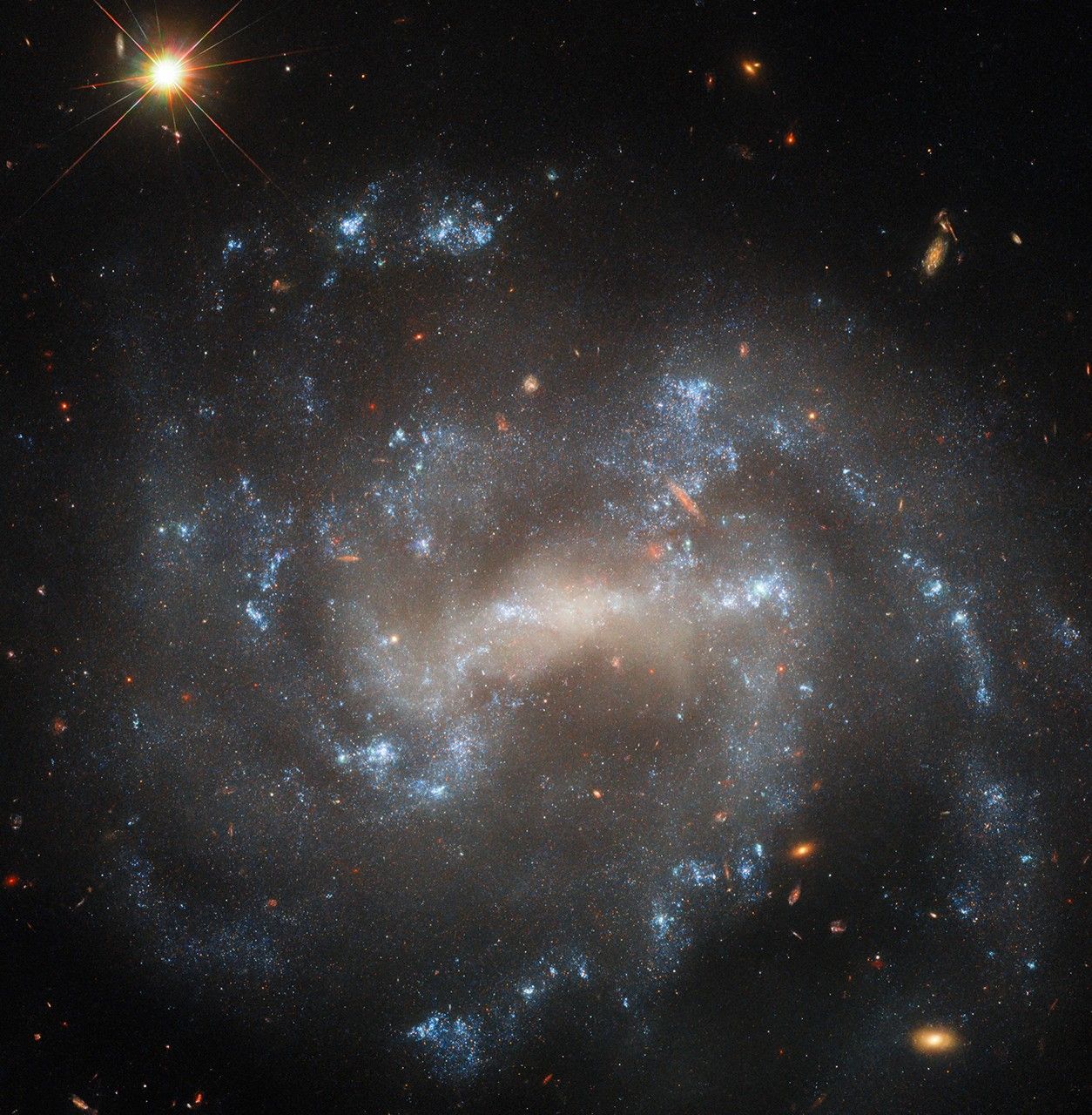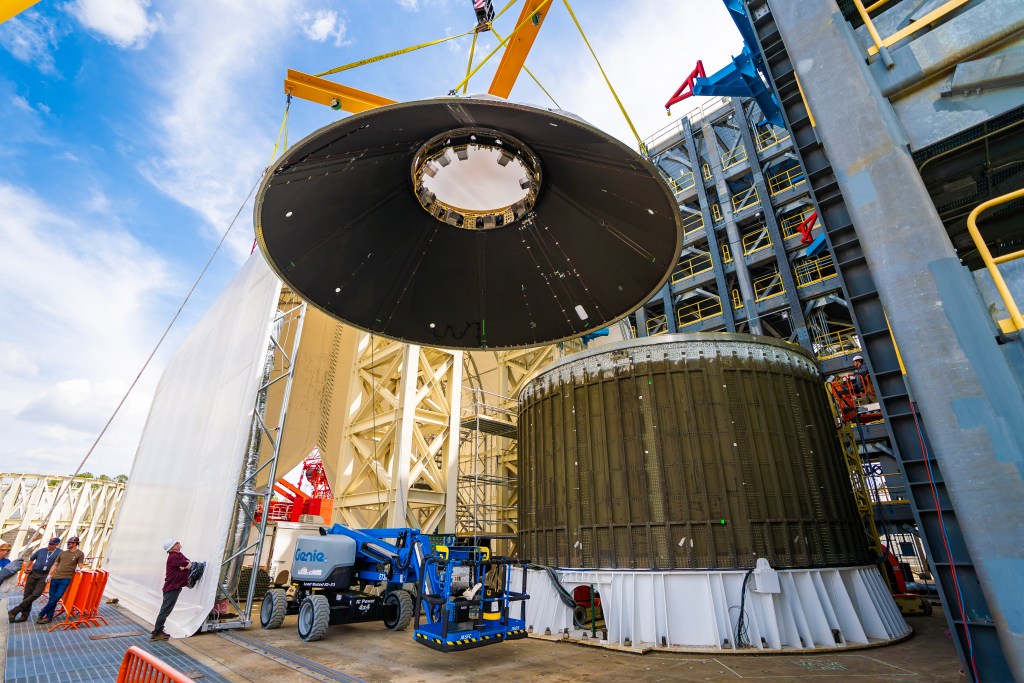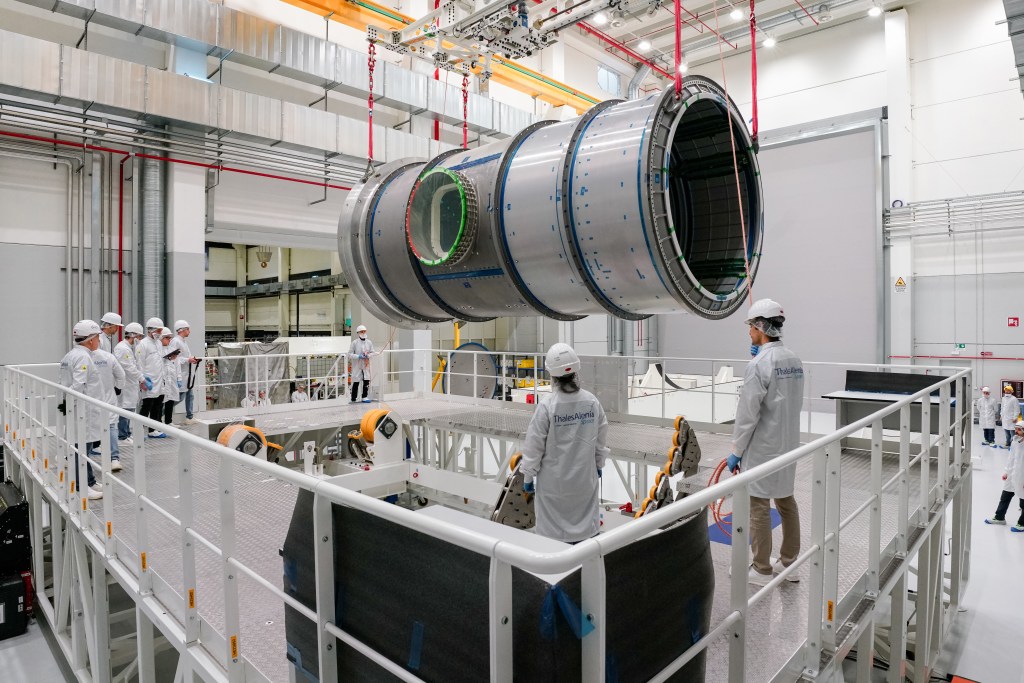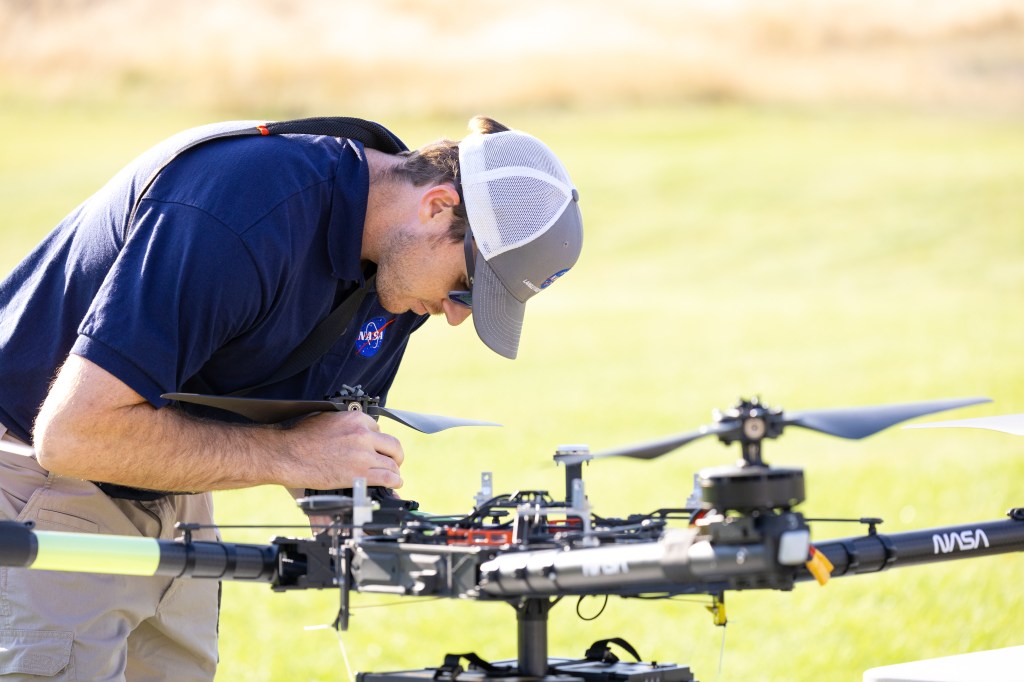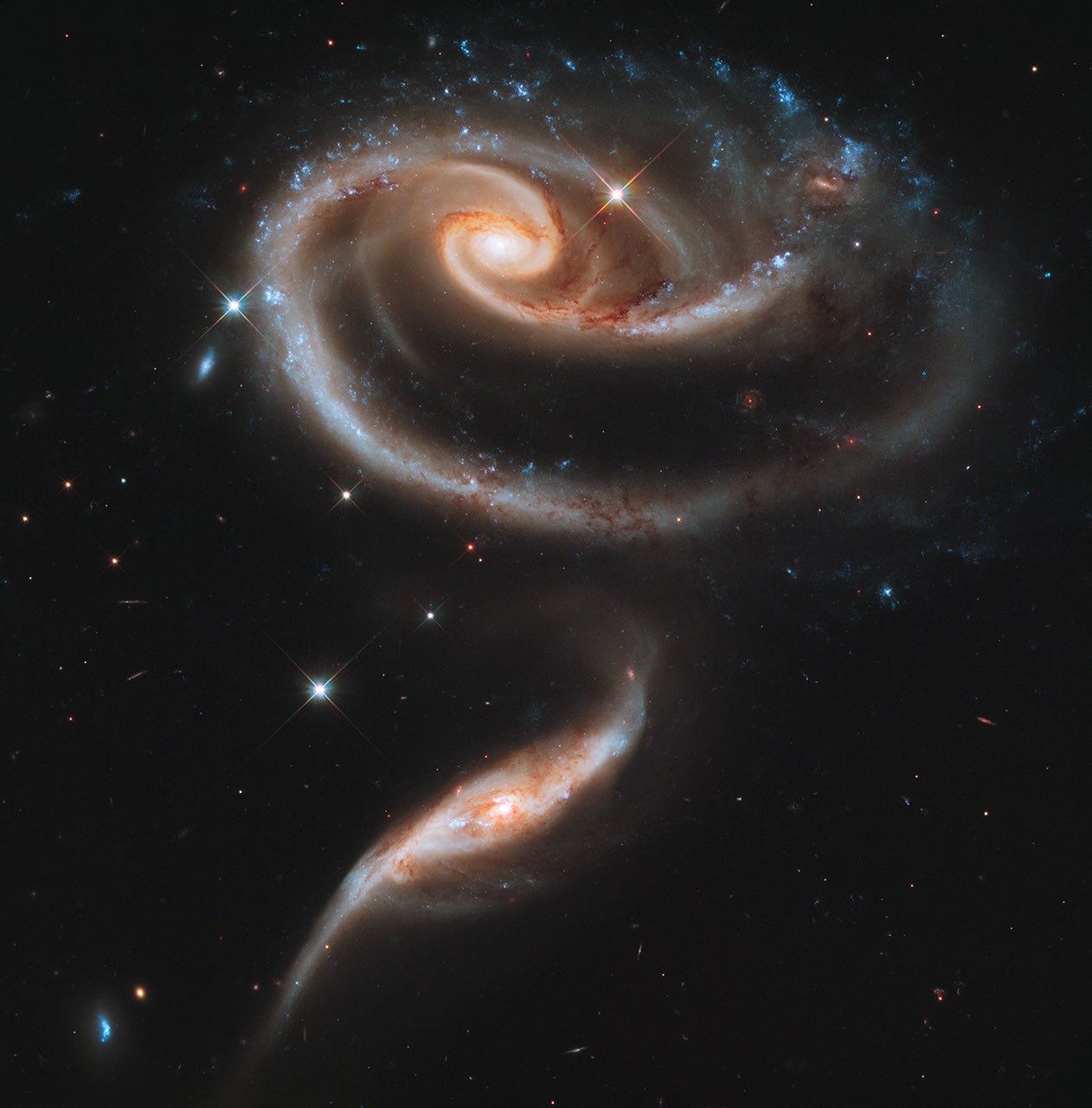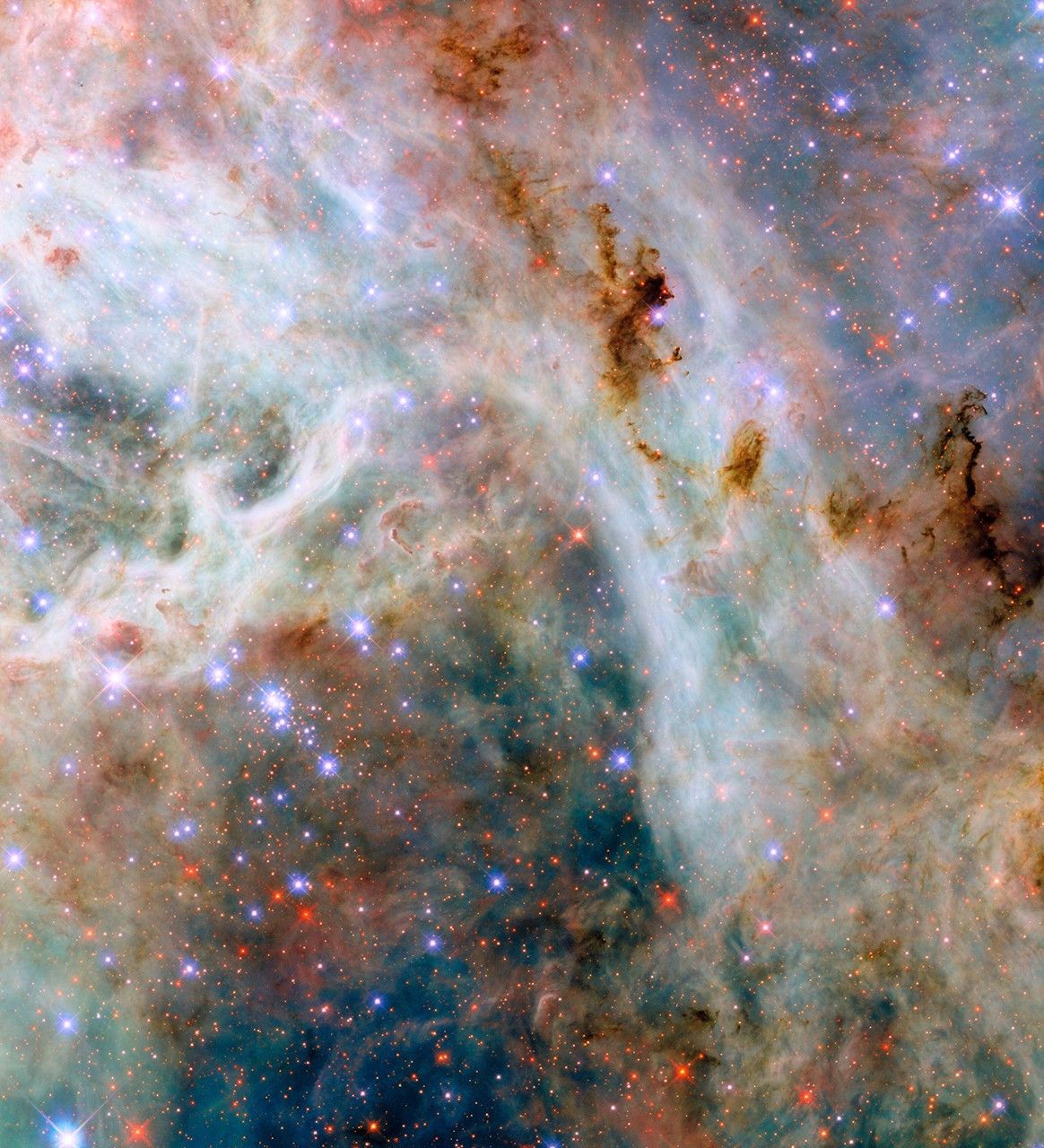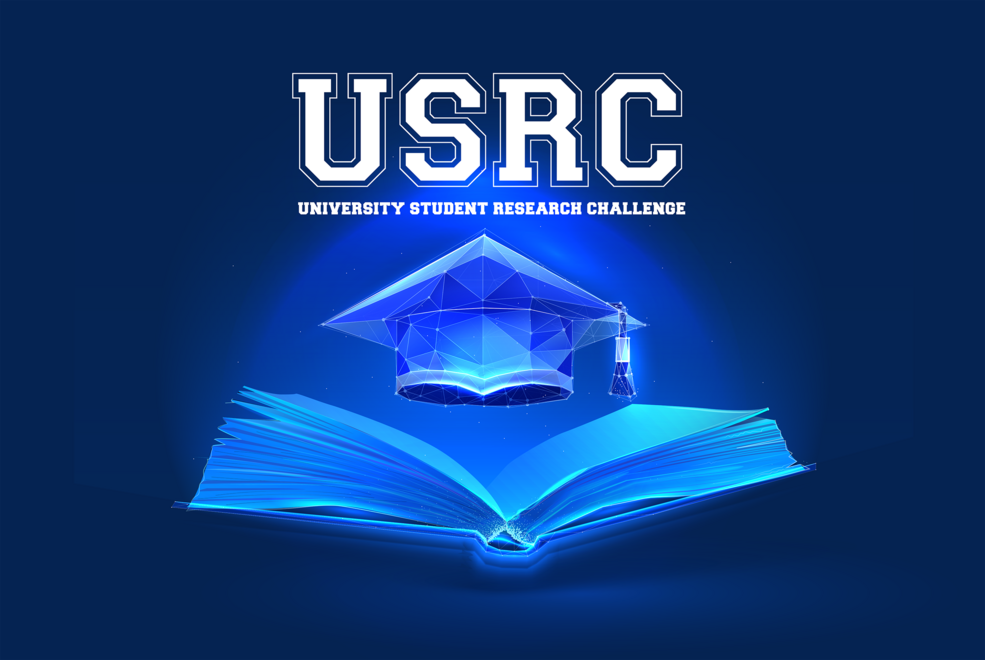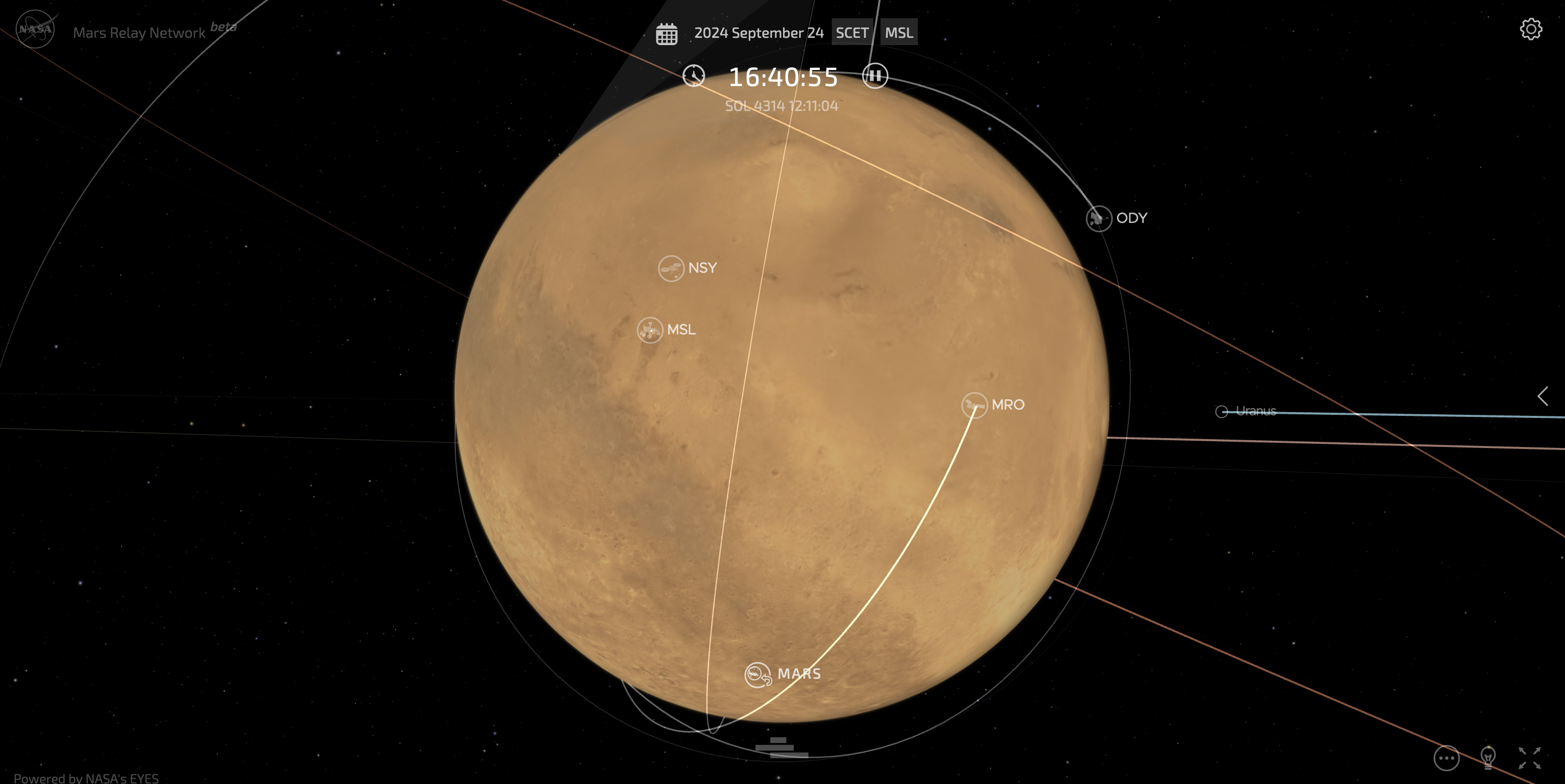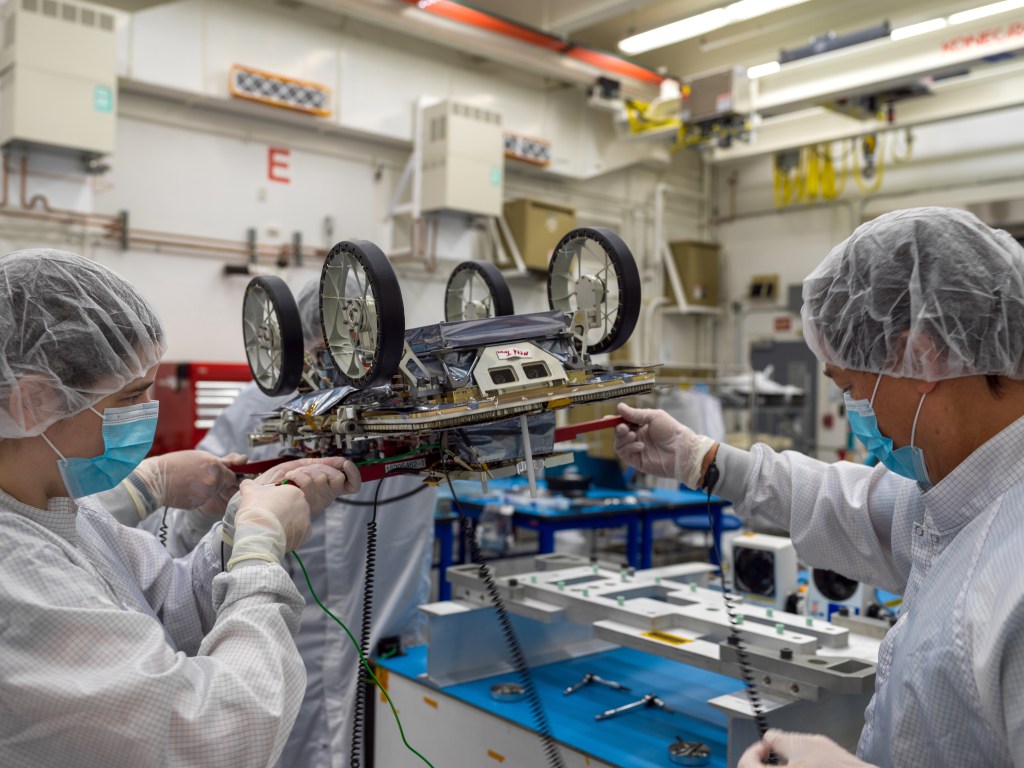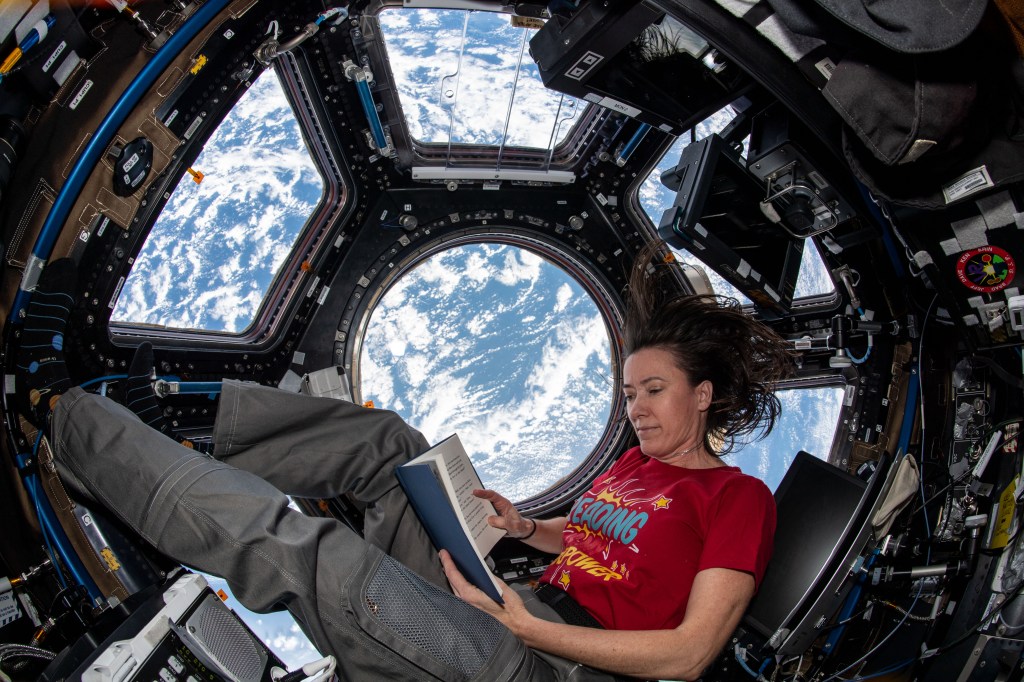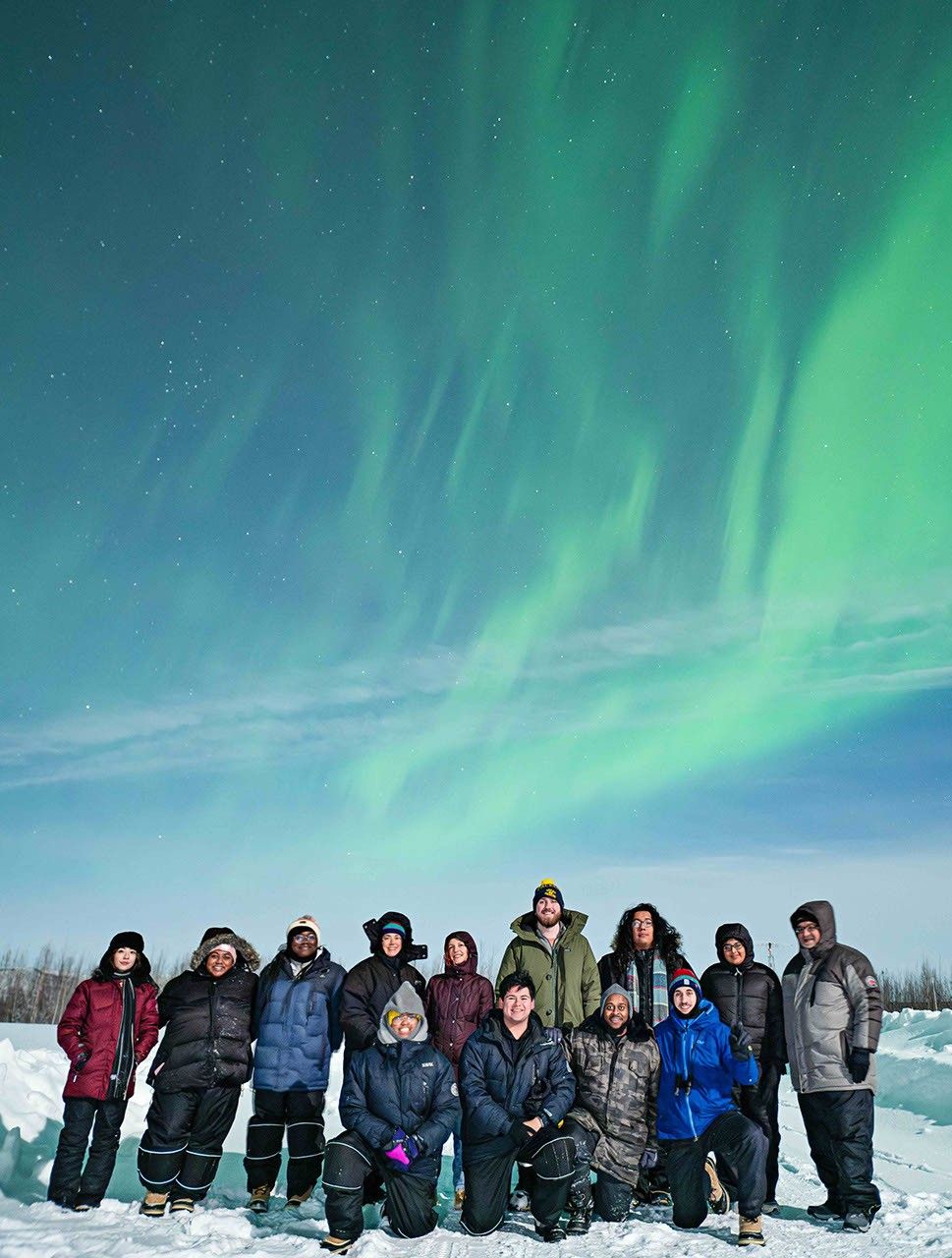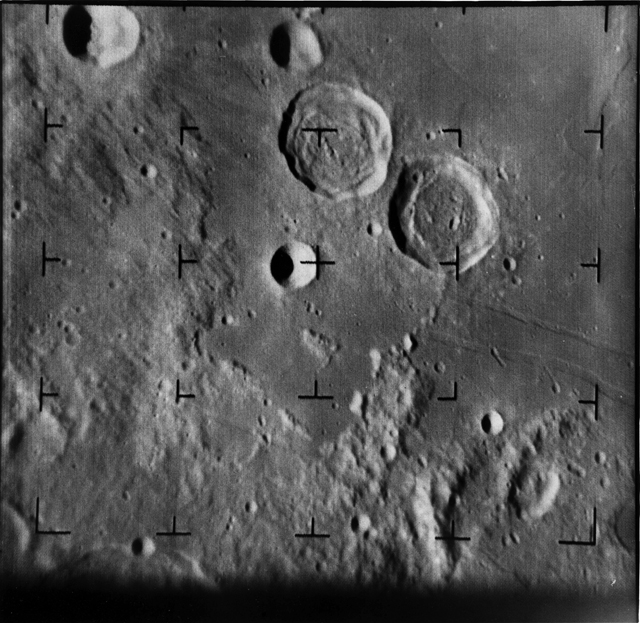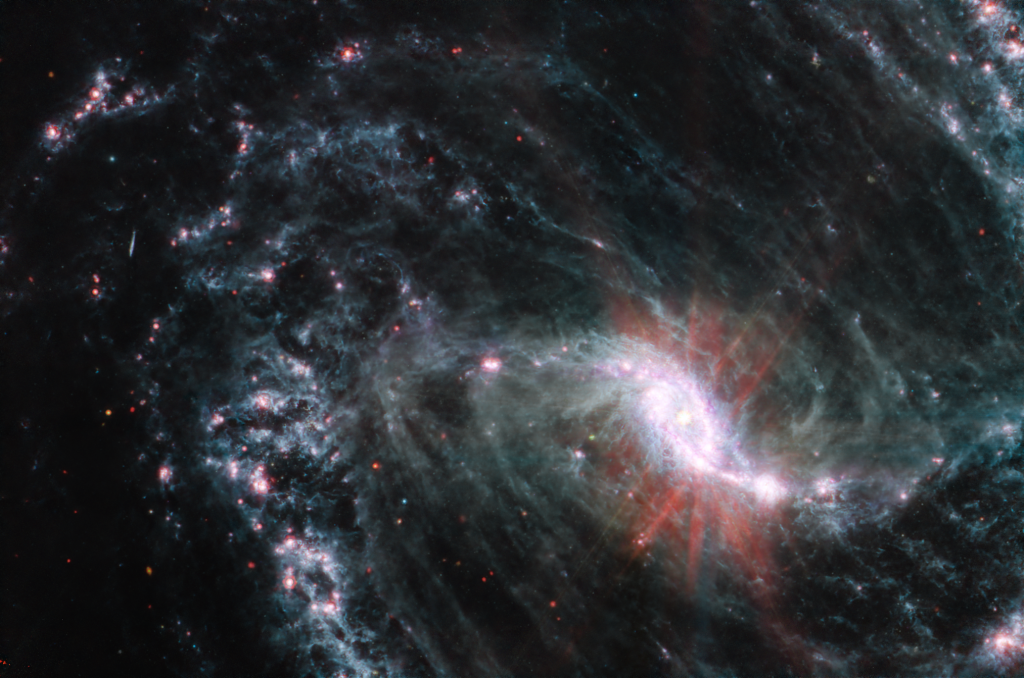
Audience
Educators
Grade Levels
Grades 5-8, Grades 9-12
Subject
Mathematics, Physical Science, Space Science, Algebra, Waves, Light, Stars
Type
Lesson Plans / Activities
Students measure the relationship between distance and brightness of light. Once students discover the relationship, they can begin to understand how astronomers use this knowledge to determine the distances to stars and faraway galaxies.
By the end of this lesson, students will be able to do the following:
- Demonstrate that the brightness of a source of light is a function of the inverse square of its distance.
- Understand how the brightness of light can be used to measure distances, even to stars and faraway galaxies.
The Inverse Square Law of Light [717KB PDF file]

